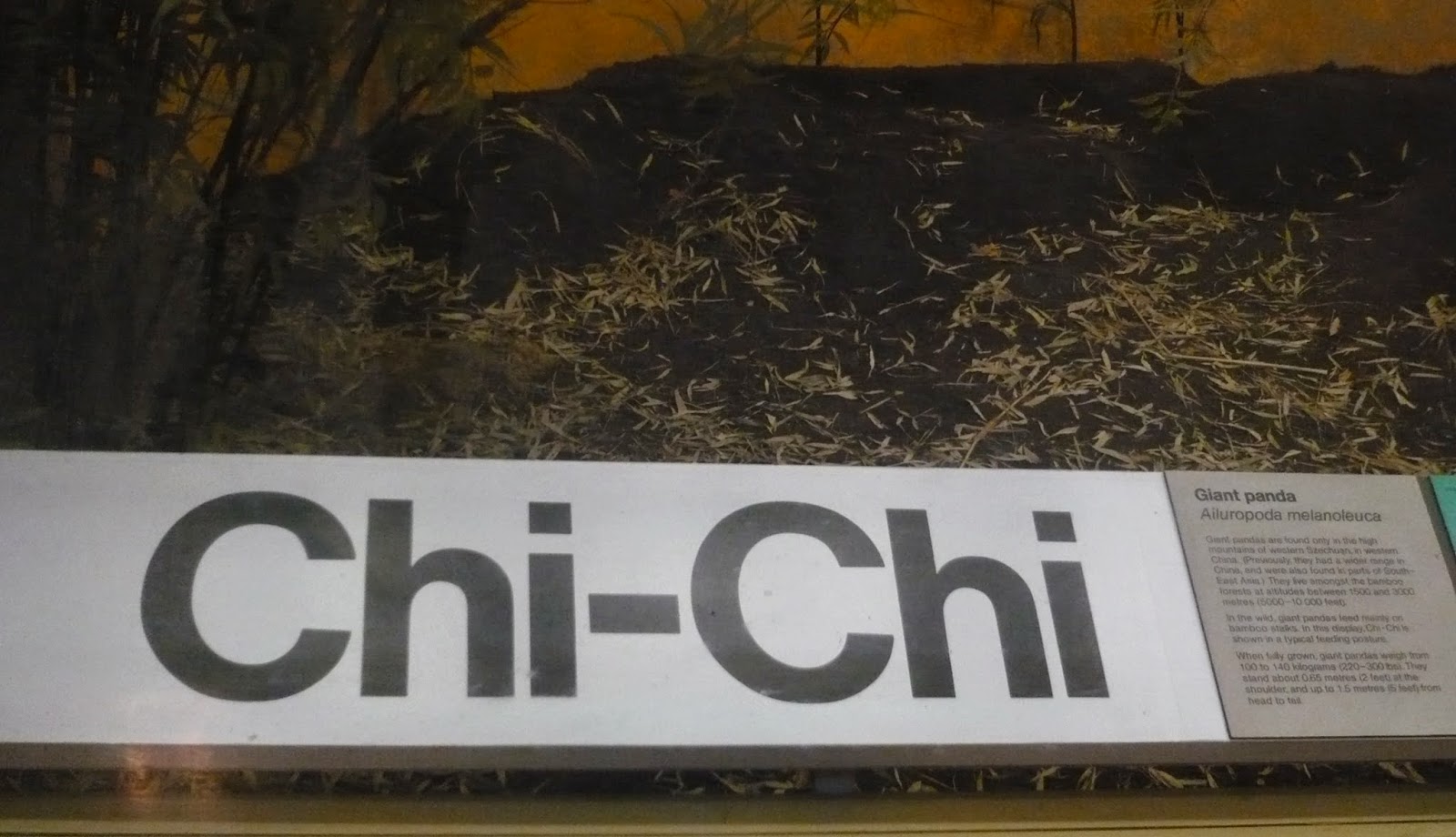Chatting with my family in the Museum of London...
"Imagine being locked up in London in the eighteenth century?"
"Imagine being locked up in London in the eighteenth century?"
"It would have been light during the day as there's a window, but there's no glass."
What would you do all day?
Scratch your name and the date into the walls... The writing is quite striking, he must been there long enough to make such a beautiful job of it.
"Edward Burk's been here before. What for?"
Or perhaps scratch out a building...
It must have been a very unpleasant experience to have been locked up in this Newgate prison cell in the eighteenth century. Today, in the twenty-first century, this cell is on display in the Museum of London.
What would Edward Burk make of this? The walls he scratched his name into, the dark, cold cell he was locked up in, now preserved behind glass as a museum artefact.
Without being locked up, you can go 'inside' the Wellclose prison cell at the Museum of London in the 'Expanding City' gallery. Details on the website here.
Jumping to the beginning of the nineteenth century to the Teign Heritage Centre, Teignmouth Museum in Devon, this prison window from Teignmouth, may not have have been as secure as the prison guards had hoped.
The building from which this window came, began life as a quayside store for saltcod, which during the Napoleonic wars was used as a prison. It may not have met prison security requirements.
According to local legend, around this time a Teignmouth trading schooner, the Griffeth, was stolen from the quayside by six escaped French prisoners.
'There is no record of the recapture of the boat or the prisoners and they were never heard of again'.
Quite a feat stealing a ship from the Teign estuary, acurate timing needed, once through that prison window, they would have had to wait for high tide to negotiate the tidal port.
As for 'never heard of again'. Well they got a mention in the local museum.
Details and opening times about the Teign Heritage Centre here.





















































